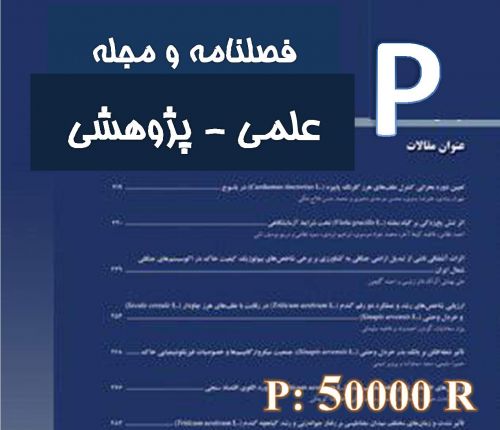ABSTRACT: The goals of this study was investigation of relationships between mathematics achievement and some contextual variables at the school level and student level and examination of the percentage of each of levels in explaining total student mathematics achievement variance. In order to conduct this international education study, the Trends in Mathematics and Science Study 2007 eighth-grade student and school dataset of Iran was used. Our analysis focused on the Iranian sample that included 3978 students from 208 schools. The variables used in this analysis exist in two levels: the student level (level 1): students' attitude, self-efficacy, gender and the school level (level 2): school climate, parental involvement, and grouping. Two-level hierarchical linear modeling (HLM) was used to explore the relationship between student mathematics achievement and the hypothesized predictors in this analysis. The results indicated that the relationship between mathematics achievement and self-efficacy is positive but relationship between mathematics achievements with attitude is negative at the individual level. The relationships between mathematics achievement with climate and grouping at the school level are positive too. The results showed that the school level accounts for a significant amount of variability of student mathematics achievement.
کلید واژگان :students' attitude, self-efficacy, gender, school climate, parental involvement, and grouping, TIMSS 2007, HLM.
ارزش ریالی : 350000 ریال
با پرداخت الکترونیک
